Unaweep-Tabeguache Historic and Scenic Byway
Subscribe Now!Located south of Grand Junction and running southwest from Whitewater, the glorious Unaweep-Tabegauche Scenic and Historic Byway sweeps through unfathomably deep canyons and climbs skyscraper plateaus, taking us on a winding journey through an ancient and historied land.
(This story originally appeared in the July/August 2012 CL issue of Colorado Life Magazine)
SOUTH OF GRAND Junction, Highway 141 runs southwest from Whitewater, crosses the Gunnison River and winds into a jagged canyon strewn thick with tumbled boulders. Lichens speckle sharp rocks like history’s map. It’s a severe canyon entrance, perhaps like entering purgatory, rather than exalted lands of coursing waters, towering cliffs and flowing grass.
The road climbs through the rocky mayhem and eases over Nine Mile Hill, opening into a pleasing narrow valley dotted with ramshackle ranches, dramatically hemmed in by sheer cliff walls jutting toward blue sky. Thus begins the Unaweep-Tabeguache Scenic and Historic Byway, a 150-mile ribbon of road in far western Colorado through a thinly populated area where the high Uncompahgre Plateau meets the red rock deserts of the Southwest.
It’s not like this part of the state was forgotten, but more that it has never been known, lying so close to Utah that it just falls off the Colorado map. However, the lives of people here tell the tales of all Colorado – romance and reality, dreamers and doers, ancients and newcomers, bust and boom – all lived out in the natural theater of the Unaweep and the wild canyons converging on the Dolores River Valley.
Precambrian rock is almost unfathomably old, but it still defines this land as the road runs between immense cliffs along a valley floor dotted with the ranches of working people, the yards littered with machinery, worn-out trucks, stock trailers, dogs.
In the evenings, wood smoke lifts from their chimneys, the valley floor chills in the cliff’s shadow until the planet rotates far enough for the sun to shine down upon the Unaweep again and warm the sage, cottonwoods, cows and quarter horses below. People drive home from work on the land, or from work in distant towns. Every one of them waves.
“Unaweep” means “parting of the waters” or “canyon with two mouths,” depending on who you ask. But long ago, the Utes realized the important point, that Unaweep Canyon is the only known canyon in the world with a divide that drains water out each end. West Creek flows out one end and East Creek out the other. It’s not a radical divide visually, and if you blink, you might even miss it.
West of the divide and rimmed by cottonwoods, shallow lakes stretch out along the valley, a wealth of water feeding thick grass that lures in huge elk herds from the Uncompahgre above. Hundreds of elk feed on the grassy fields near the base of Thimble Rock, a giant stone fin. Highway 141 eases around it and passes Driggs Mansion, an arched stone house of dreams collapsing back into rubble.
The dream behind the mansion belonged to Colonel Lawrence La Tourette Driggs who homesteaded 320 acres here. The mansion took masons four years to build, but the Driggs lived here only briefly. The story is that his wife, from the East, took one look at the remote area and quickly took the train home.
Stories like that of the Driggs are common, settlers learning the area didn’t suit them, selling their land and moving on. But those aren’t the stories that matter, not like those of families who pulled back on the reins and settled in for the long haul.
Janice and Oscar Massey name six generations of their family that have lived in the Unaweep, working ranches up and down the canyon and high cattle country on the Uncompahgre Plateau above. Three of their four sons ranch here, and despite the lure of modern influences, Janice and Oscar’s grandchildren are learning this lifestyle as well.
Oscar has lived in the Unaweep for 60 years, Janice all her life. Their ancestors settled early, coming as trappers before the Utes left, as Mormons skirting polygamy laws, as miners who became ranch owners. Today, the Masseys run cattle from Palisade all the way to Gateway, a 60-mile swath across the high country.
Sitting in their house, a short stone’s throw from Highway 141, one gets the feeling that Oscar and Janice could tell stories about this area for days, once you get them started – tales not only of ranching, but how uranium shaped people, who built the schools, who married whom, the best seat when eating at a long table of miners, and of course, the legends of settler survival passed down through generations.
Subscribe to Colorado Life Magazine and receive thoughtful stories and beautiful photography featuring travel, history, food, nature and communities of Colorado.
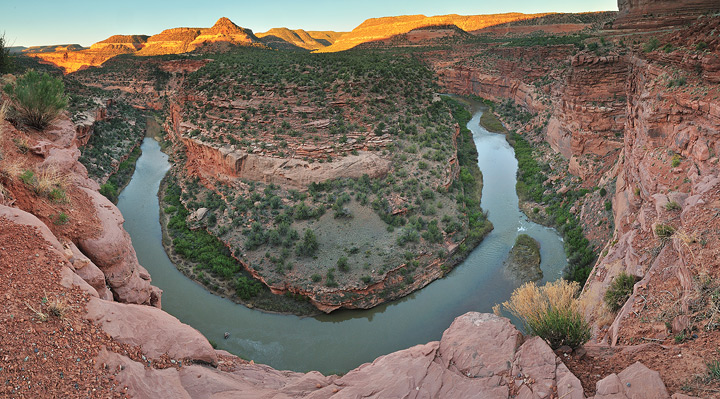
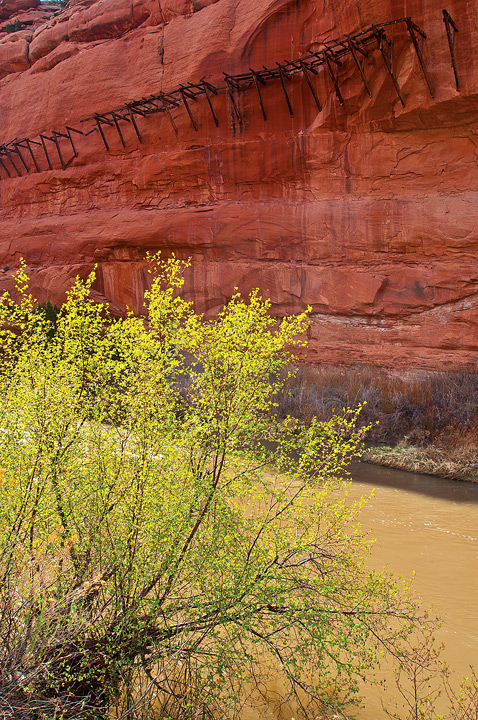
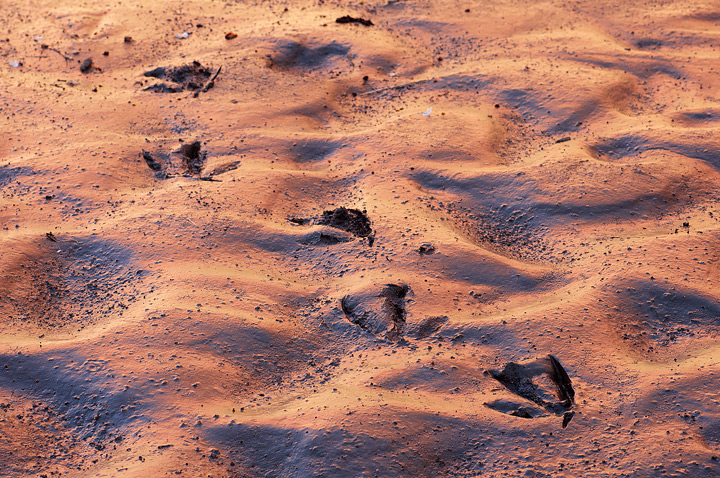
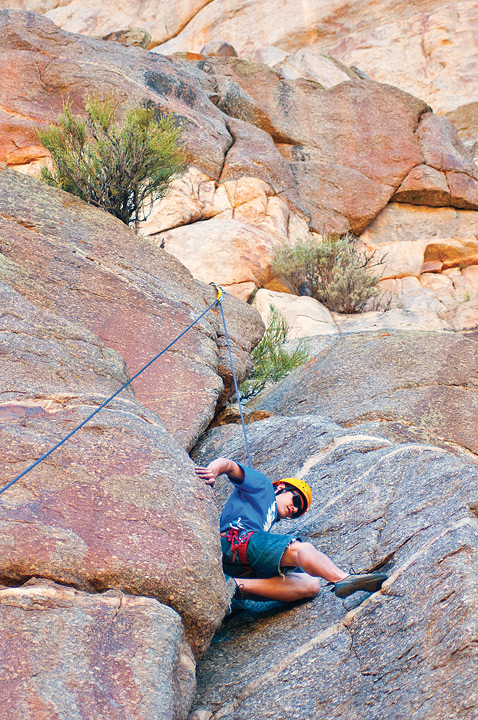
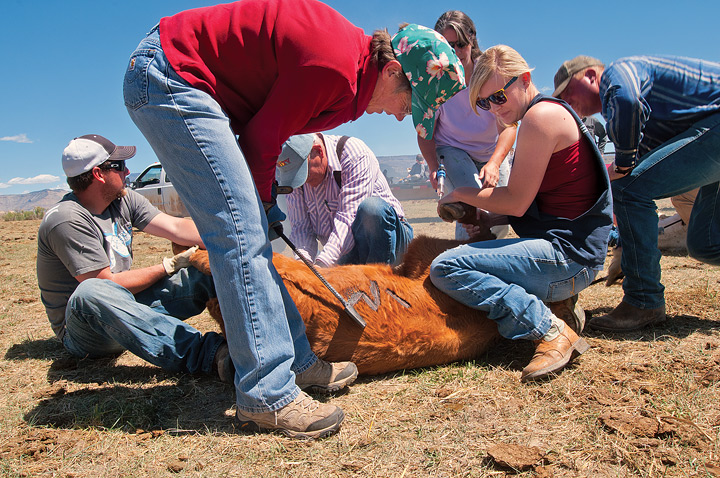
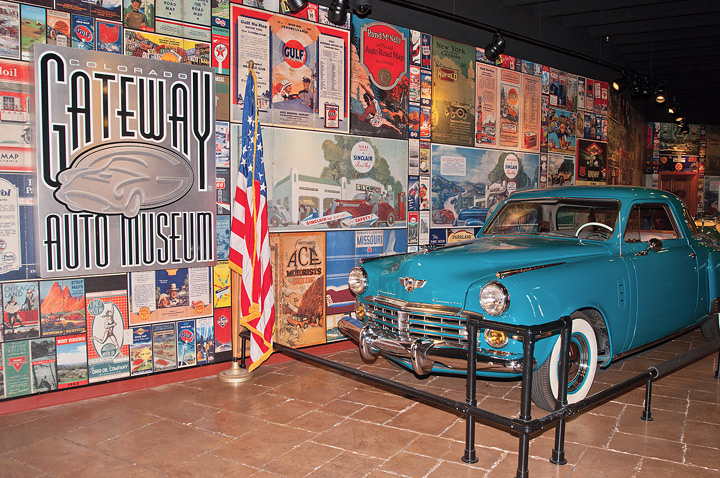
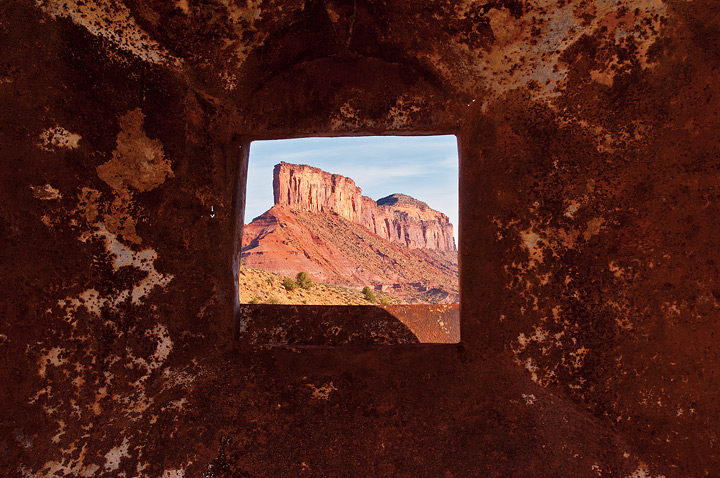
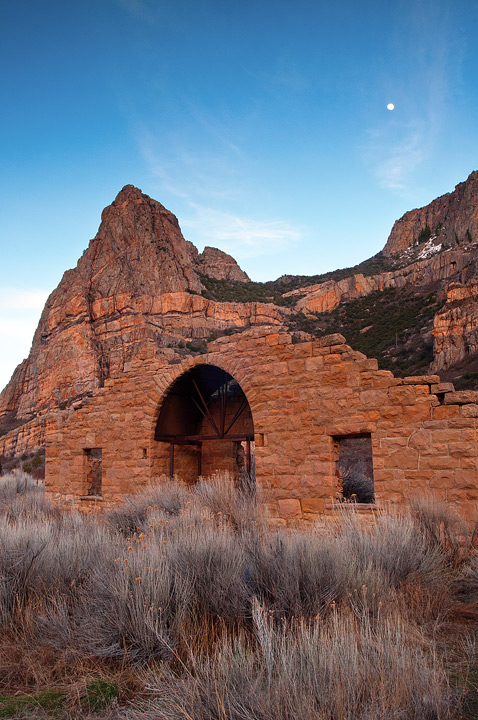
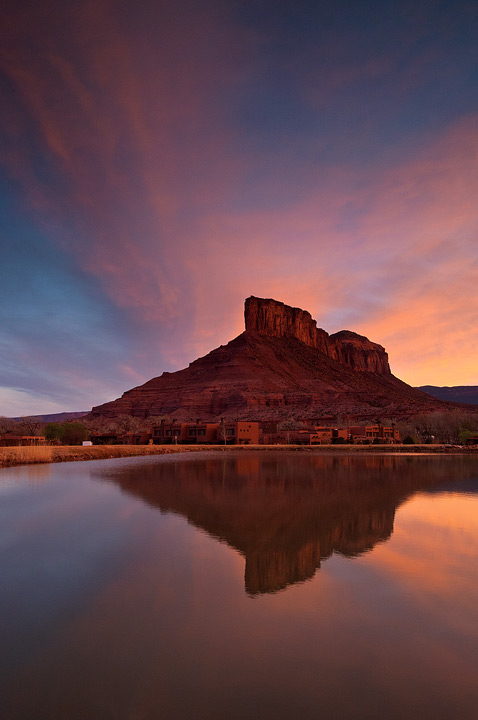
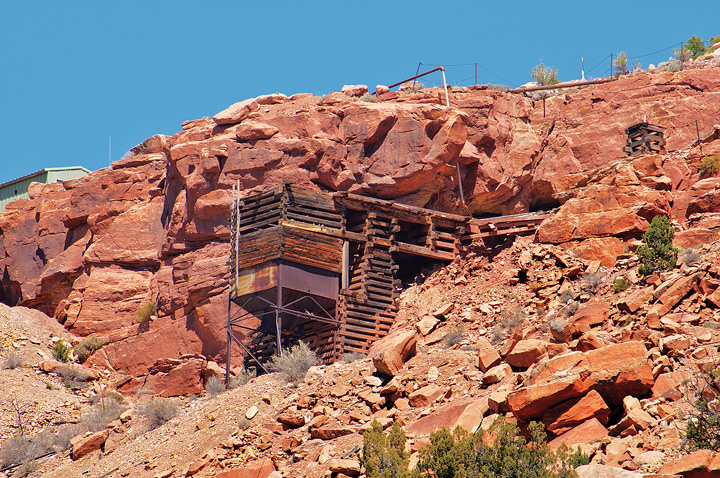
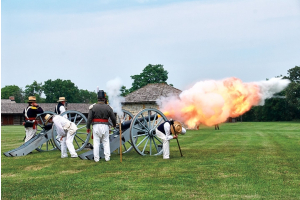
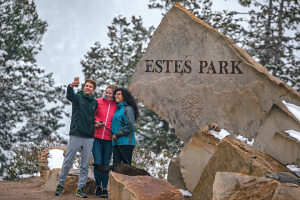
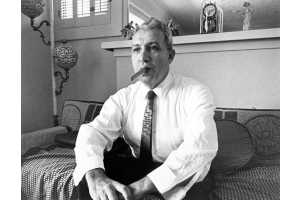
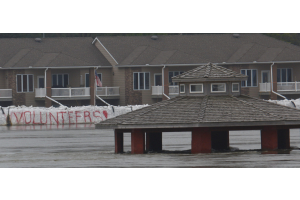
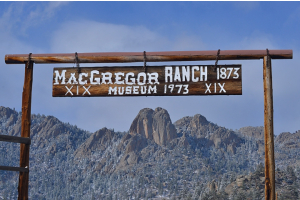
The information below is required for social login
Sign In
Create New Account